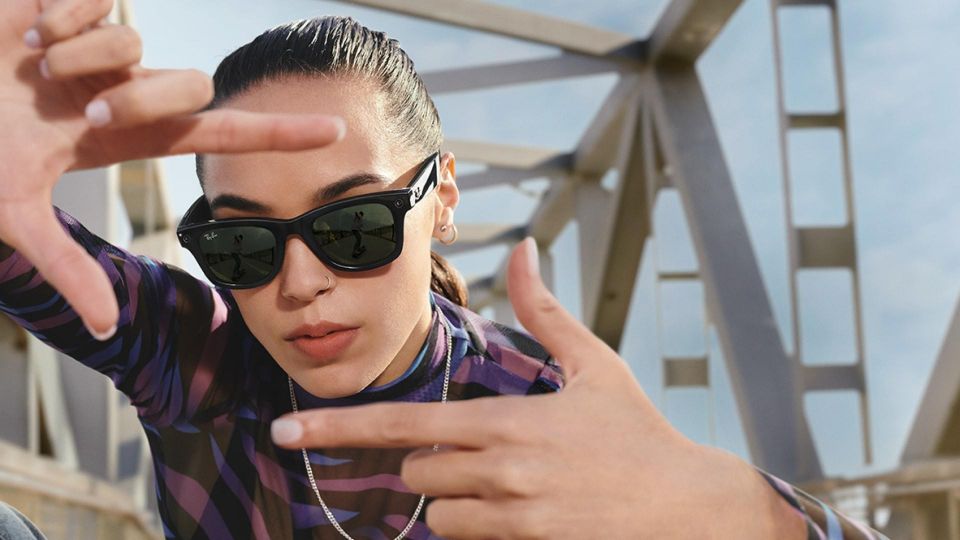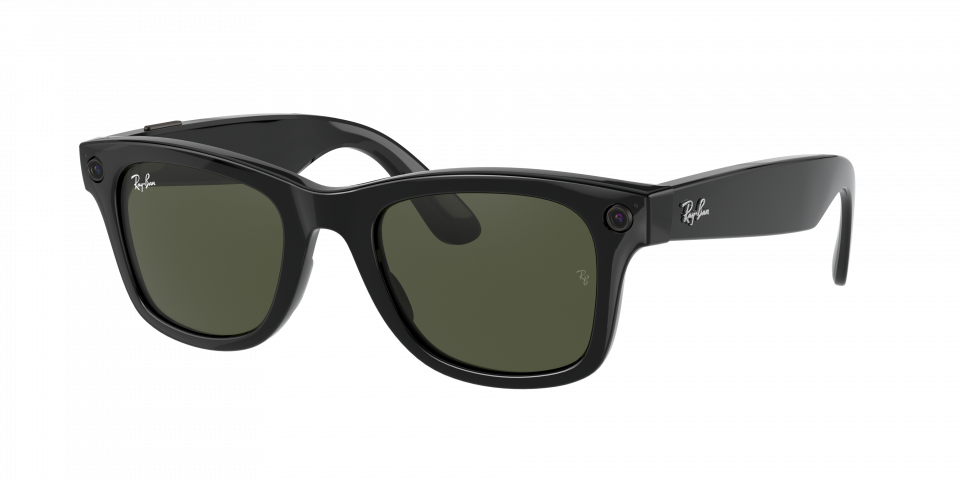

Max Davies
2026 GWM Cannon Ultra review
6 Days Ago
Facebook and Ray-Ban announced glasses that could capture content, which would surely be useful while driving. We put them to the test.

Tech Contributor


Tech Contributor
Ray-Ban and Facebook have released their smart glasses, named Stories.
Stories look like Ray-Ban sunglasses but carry cameras, microphones, and speakers. Their potential use cases are wide-ranging, from taking phone calls to listening to music, or taking photos and video.
Could they be perfect for use while driving?

To answer this we grabbed a pair of Ray-Ban Stories in the Wayfarer style.
Setting up the sunglasses requires the new Facebook Views app, which talks you through using the glasses. Within a minute you’re ready to go. The arms of the glasses house speakers and microphones – and using them for phone calls via Bluetooth was remarkable.
The person we were talking to didn’t even notice we were using sunglasses, even when we were talking on the radio.
For music use they’re acceptable but, given there aren’t buds in your ears, the sound lacks depth. The advantage is you’re still well aware of your surroundings.
On the front of the frames are two 5MP cameras that can be controlled using a button on the top of the right arm, or via voice.
Saying “Hey Facebook, take a photo” allows you to capture up to 500 images before they need to be dumped onto your smartphone.
Saying “Hey Facebook, take a video” allows you to record 35 individual 30-second clips before it needs to be unloaded. A combination of these uses allow three days of battery life thanks to the case, which doubles as a charger.
Sending the clips back to your smartphone is simple and fast. The Facebook Views app allows you to add titles, create a montage, and share content.
You aren’t restricted to Facebook-owned applications. Content can be shared on any supported application on your phone including emailing, messaging, social media, or just kept in your gallery. An example of a montage created in the app is here.
During the Facebook Views setup process driving is clearly called out as an example where you shouldn’t actively use your Ray-Ban Stories. They’re sunglasses, and with good lenses, so you will likely want to wear them in the car.
Why not for taking videos/photos, taking calls and listening to music? With no vision obstruction beyond a normal pair of sunglasses it appears safe on the surface.
In our experience we were able to leave the house listening to music, get in the car and continue driving with songs uninterrupted. While driving a call came in and we could carry the conversation with full control of the vehicle.
When we asked the glasses to capture a video or photo, after we parked we could look at the content on our smartphones.
One thing noteworthy is that the Stories provide stabilisation that surprised – not only in the car, but when riding a bike, eScooter, or running. It was very smooth footage.
Whether you’re doing a lap around Eastern Creek on a track day or snapping a photo of the most cringe-worthy number plate, there are occasions where smart glasses could come in handy.
They weigh a paltry 50g, far less than wearing a GoPro, and the footage is very usable when consumed on a smartphone. The view is also as close to your eye line as we’ve seen.
The other comparison to draw to the GoPro is that with the Ray-Ban Stories, you naturally need your sunglasses when you leave home… but you won’t always remember to bring your GoPro.
The big downside from the Ray-Ban Stories however is their limit of 30-second clips at a time. A hot lap is going to be difficult to capture unless it’s a very short circuit. Drag racing is hopefully the exception.
The Ray-Ban Stories do not offer features like Facebook or Instagram Live functionality, yet.
The other limitation from the Ray-Ban Stories is that they record photos and video in an almost square format rather than the 16:9 format you’d want if playing on a TV. These are built for mobile so Instagram overrules TV.
Some will also argue a dash cam records everything while driving, and this is true. But a dash cam records what the car can see, in a fixed view. The view of what you’re looking at through Ray-Ban Stories has advantages on another level, when in use.
Like a lot of things, the law is slow to catch up to the use of technology in our cars and it isn’t clear whether the use of smart glasses like these are illegal.
Given it’s a hands-free device it would be easy argument they’re safer to use than many other items in the car. We’ve reached out to NSW Police for their input and will update the story with their response.


Max Davies
6 Days Ago


Josh Nevett
4 Days Ago


Max Davies
4 Days Ago


Max Davies
3 Days Ago


Neil Briscoe
2 Days Ago


Max Davies
1 Day Ago